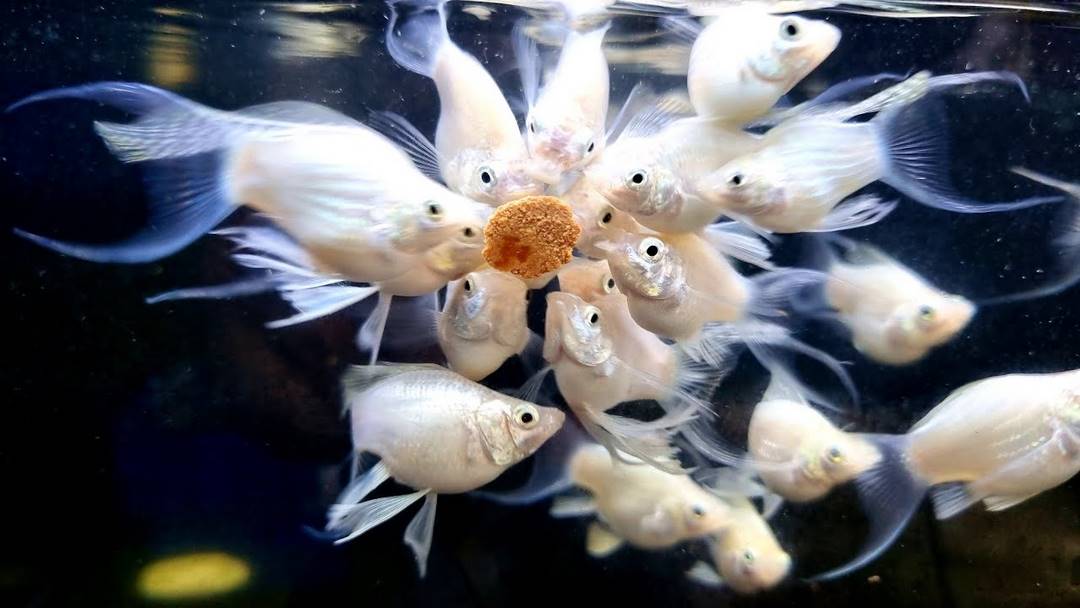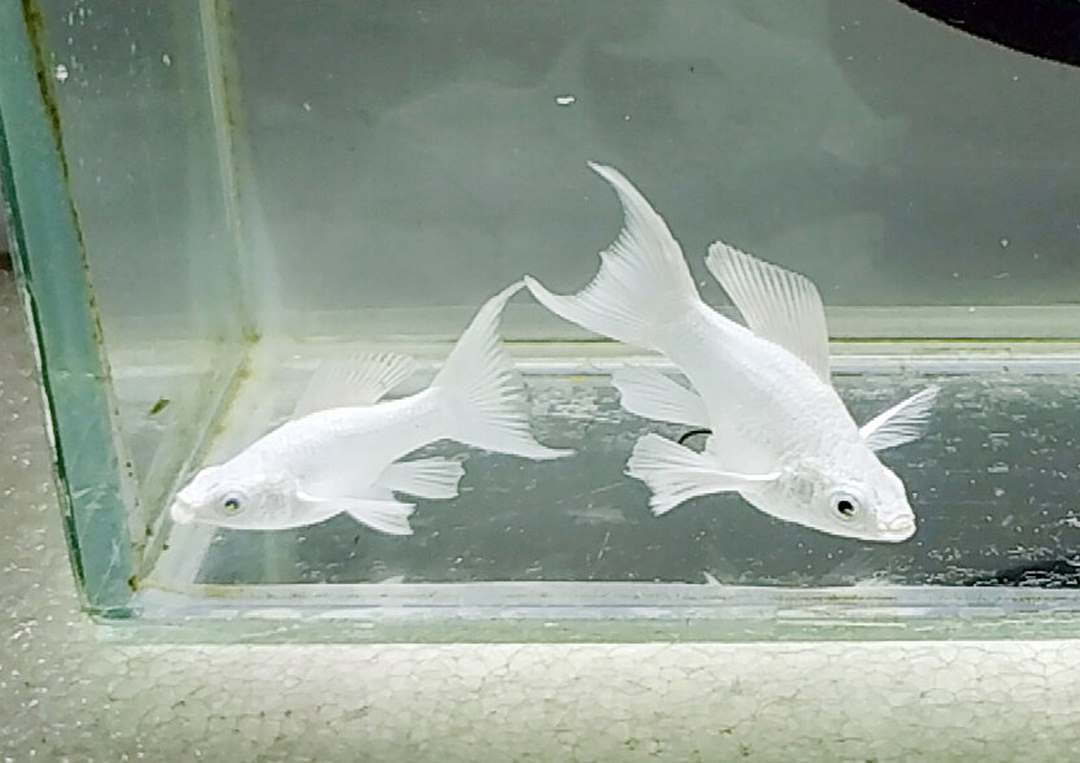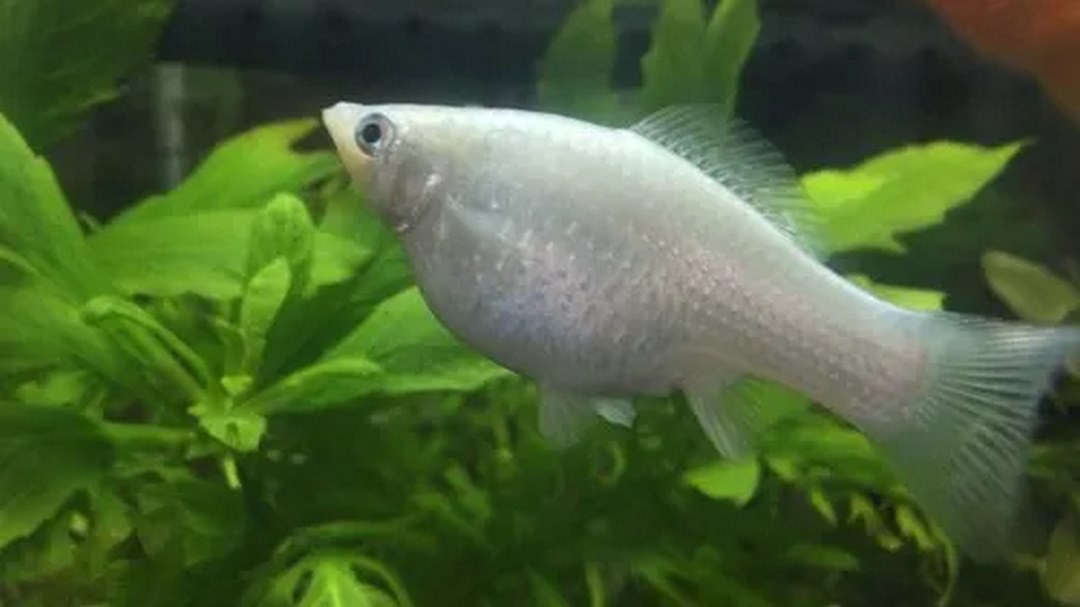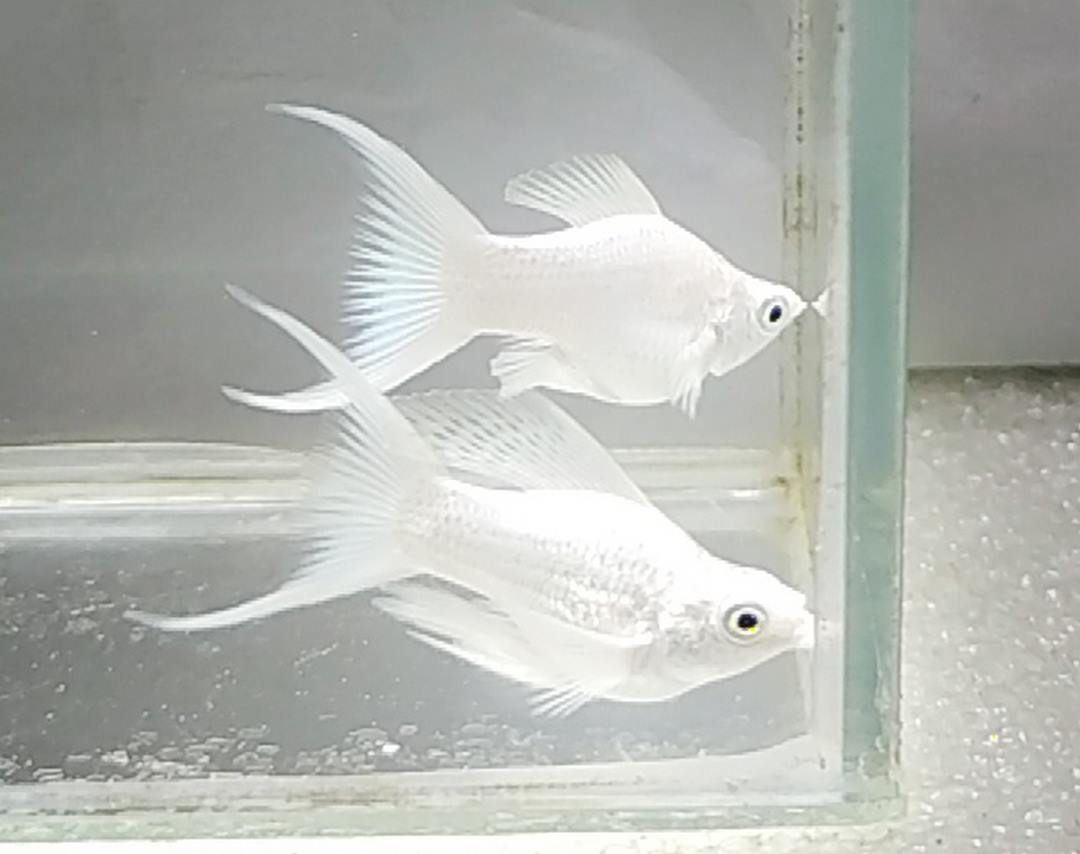Molly Short fish are an ideal choice for aquarium enthusiasts of all skill levels for several reasons. These fish are known for their adaptability to almost any environment they inhabit. In the wild, Molly fish can be found in the southern United States and sometimes in parts of Central America, such as Mexico. They are peaceful fish, making them a perfect addition to a community tank. Molly fish come in various shapes, sizes, and colors. The native habitat of most Molly fish is slow-moving tropical rivers. When setting up a tank for Molly fish, plants are essential, as their natural environment is often densely vegetated with slow-flowing water to suit their behavior.
1. Introduction
Molly Short Fish are a perfect choice for aquarium enthusiasts of all experience levels. Known for their adaptability, these fish can thrive in various environments, making them a popular choice in the world of aquatics. Originating from Southern USA and parts of Central America, such as Mexico, Molly Short Fish are peaceful creatures that make excellent additions to community tanks. Available in a variety of shapes, sizes, and colors, these fish can fit seamlessly into almost any tank setup.
Whether you’re a beginner or an experienced aquarist, this guide will cover everything you need to know about caring for Molly Short Fish, including their natural habitat, tank setup, feeding, breeding, and more.
2. Overview of Molly Short Fish
- Scientific Name & Classification: Poecilia sphenops
- Natural Habitat: In the wild, Molly Short Fish are commonly found in slow-moving tropical rivers. They thrive in environments with dense vegetation and calm waters.
- Types of Molly Short Fish:
- Black Molly
- Gold Dust Molly
- Sailfin Molly
- Dalmatian Molly
Each variety comes with its own unique colors and features, making them visually distinct yet equally beautiful.
- Unique Features: Molly Short Fish come in various colors like red, black, silver, and orange. These features result from years of selective breeding, making each type unique in its appearance.
3. Setting Up the Perfect Aquarium for Molly Short Fish
Creating the ideal environment for your Molly Short Fish is key to ensuring their health and happiness. Here’s what you need to consider:
- Tank Size Requirements: A minimum of 40 liters (about 10 gallons) is recommended for a small group of Molly Short Fish.
- Water Conditions:
- Temperature: Ideal water temperature ranges from 68°F to 79°F (20°C to 26°C).
- pH Levels: Maintain a pH range between 7.0 and 8.2, with water hardness between 15-30 ppm for optimal living conditions.
- Aquarium Decoration: Molly Short Fish thrive in tanks with dense vegetation that mimics their natural habitat. Plants like Java Fern or Anubias are great choices. Ensure slow water movement by using low-flow filters to replicate their native slow-moving rivers.
- Filtration & Aeration: It’s essential to provide clean water with good filtration. A sponge filter works well for small tanks, while larger tanks may need more advanced filtration systems. Aeration should be moderate, as Molly Fish are not strong swimmers in turbulent water.
- Lighting and Substrate: Moderate lighting will help promote plant growth and showcase the vibrant colors of the Molly Short Fish. Sand or small-grained gravel works well as a substrate.
4. Feeding Your Molly Short Fish
Molly Short Fish are omnivores, which means they will eat a wide variety of foods. To ensure they get a balanced diet:
- Diet Overview: Molly Short Fish require both plant-based and protein-rich foods for optimal health.
- Types of Food:
- Live Food: Mosquito larvae, brine shrimp, and daphnia provide excellent sources of protein.
- Frozen Food: You can also offer frozen varieties of live foods for convenience.
- Dry Food: High-quality flakes and pellets are readily accepted by Molly Short Fish.
- Feeding Frequency: Feed your fish small portions two to three times a day. Make sure not to overfeed as excess food can foul the water.
- Algae Eating: While Molly Short Fish aren’t known as primary algae eaters, they will occasionally nibble on algae growing in the tank, which helps with tank maintenance.
5. Behavior and Tank Mates
Molly Short Fish are peaceful, making them a great addition to a community tank.
- Temperament: They are non-aggressive and interact well with other peaceful species.
- Recommended Tank Mates:
- Guppies
- Platies
- Swordtails
These species share similar water requirements and temperament, making them perfect companions for your Molly Short Fish.
- Tank Mates to Avoid: Avoid keeping them with aggressive species like Cichlids or Betta fish, which may harass or injure them.
- Swimming Behavior: Molly Short Fish are mid-level swimmers but can comfortably explore all areas of the tank, from the substrate to the surface.
6. Breeding Molly Short Fish
Breeding Molly Short Fish is relatively simple, as they are livebearers, meaning they give birth to fully formed young rather than laying eggs.
- Identifying Gender: Males are typically smaller and more slender, while females are rounder with a noticeably fuller belly.
- Breeding Behavior: When females become pregnant, their bellies swell and darken near the anal fin. They may also seek hiding places as they near birth. Keeping the water clean and slightly warmer can help encourage breeding.
- Caring for Fry: After the female gives birth, you should separate the fry from the adult fish to prevent them from being eaten. You can raise them in a separate breeding tank or use a breeder box within the main tank. Feed the fry finely crushed flakes or specialized fry food.
7. Common Health Issues and How to Prevent Them
Like any fish, Molly Short Fish can be susceptible to diseases, especially if their tank is not properly maintained.
- Diseases Common in Molly Fish:
- Ich: This parasitic infection manifests as white spots on the fish’s body. It’s treatable with medication but can be prevented by maintaining clean water.
- Fin Rot: Caused by bacterial infections, fin rot results in deteriorating fins. Regular water changes and good filtration can prevent this.
- Swim Bladder Disorder: This affects the fish’s buoyancy and may be caused by overfeeding or poor water quality.
- Preventive Care: Maintain excellent water quality with regular water changes (about 25% weekly) and avoid overfeeding. Introducing new fish should always include a quarantine period to prevent the spread of disease.
- Quarantine New Fish: Always quarantine new fish for at least two weeks before adding them to your main tank to avoid introducing pathogens or parasites.
8. Why Molly Short Fish are Perfect for Your Aquarium
- Adaptability: Molly Short Fish can thrive in a range of water conditions, making them ideal for beginner and experienced aquarists alike.
- Low Maintenance: While they require attention to water quality and feeding, Molly Short Fish are generally hardy and low-maintenance, ideal for busy aquarium owners.
- Beautiful Varieties: With their vast array of colors and types, Molly Short Fish are a vibrant and exciting addition to any tank, offering aesthetic appeal as well as companionship.
9. FAQs
- How big do Molly Short Fish get?
- Molly Short Fish typically grow up to 4 inches (10 cm) in length.
- Can Molly Short Fish live with Betta Fish?
- It’s generally not recommended due to the Betta’s aggressive nature.
- How often should I feed Molly Short Fish?
- Feed them 2-3 times a day in small portions.
- How long do Molly Short Fish live?
- With proper care, Molly Short Fish can live up to 3-5 years.
- What are the best plants for a Molly Fish tank?
- Java Fern, Anubias, and Amazon Sword plants are great options for a Molly Fish tank.
10. Conclusion
Molly Short Fish are not only beautiful but also easy to care for, making them a wonderful addition to any freshwater aquarium. By following the guidelines outlined in this comprehensive guide, you’ll ensure your Molly Fish live healthy, happy lives in your aquarium. From their diverse colors to their peaceful temperament, Molly Short Fish are a great choice for both community tanks and dedicated species tanks.







